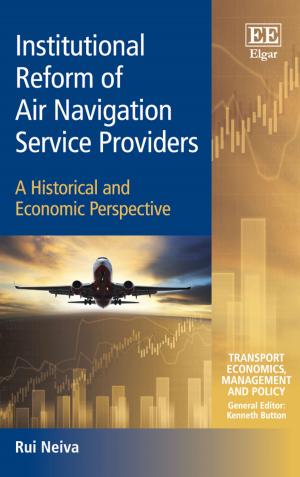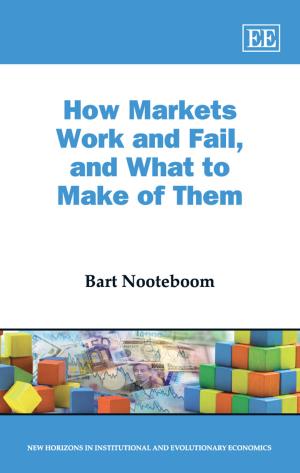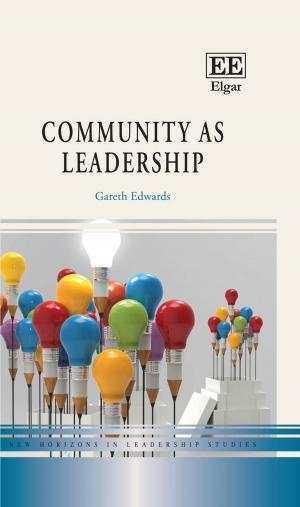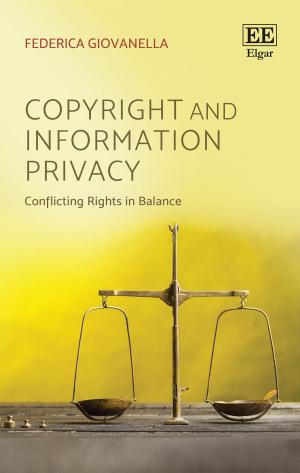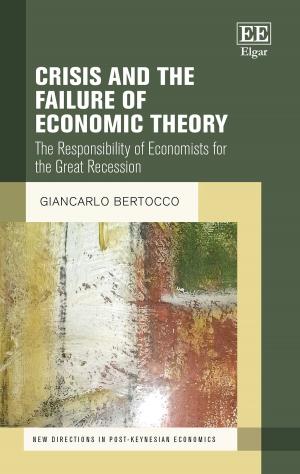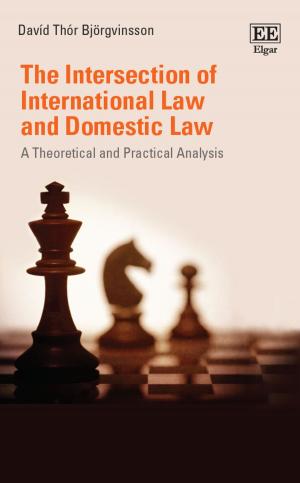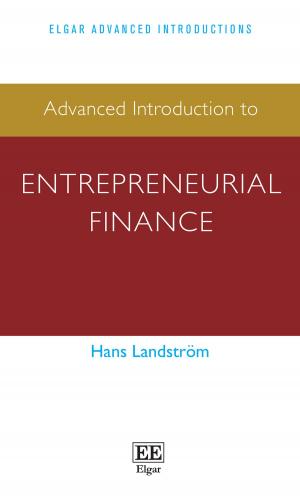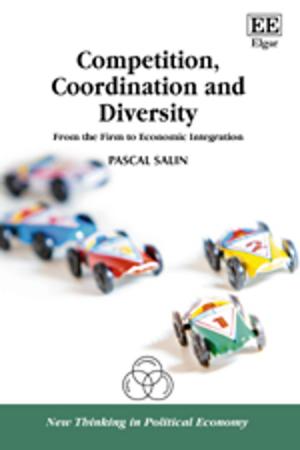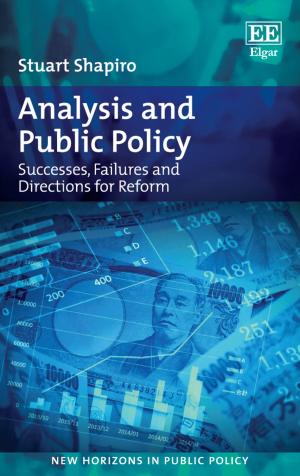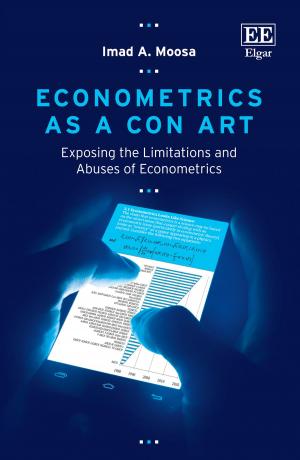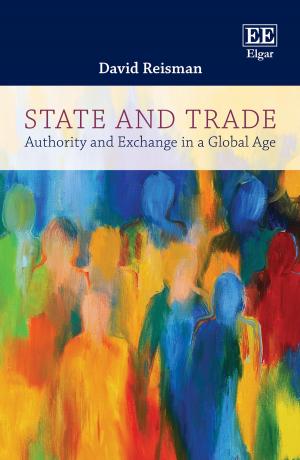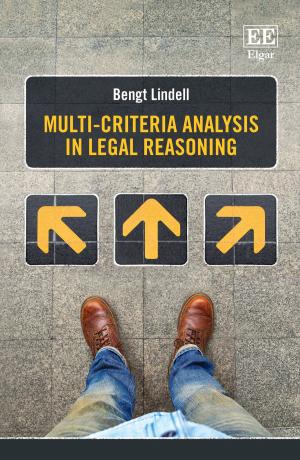Cities and the Urban Land Premium
Business & Finance, Economics, Urban & Regional, Nonfiction, Science & Nature, Nature| Author: | Henri L.F. L.F. de Groot, Gerard Marlet, Coen Teulings | ISBN: | 9781784717445 |
| Publisher: | Edward Elgar Publishing | Publication: | May 29, 2015 |
| Imprint: | Language: | English |
| Author: | Henri L.F. L.F. de Groot, Gerard Marlet, Coen Teulings |
| ISBN: | 9781784717445 |
| Publisher: | Edward Elgar Publishing |
| Publication: | May 29, 2015 |
| Imprint: | |
| Language: | English |
After a long period of suburbanisation, cities have been in vogue again since the 1980s. But why are people prepared to spend far more money on a small house in the city than on a large house in the countryside and why doesn't this apply to all cities? This book shows that the appeal of the city in the 21st century is not only determined by the production side of the economy, but also by the consumption side: its array of shops, cultural activities and, for example, an historic city centre. All these factors not only translate into land prices that are worlds apart but, in terms of production, into different wages for urban and rural citizens. This book maps out these differences.
After a long period of suburbanisation, cities have been in vogue again since the 1980s. But why are people prepared to spend far more money on a small house in the city than on a large house in the countryside and why doesn't this apply to all cities? This book shows that the appeal of the city in the 21st century is not only determined by the production side of the economy, but also by the consumption side: its array of shops, cultural activities and, for example, an historic city centre. All these factors not only translate into land prices that are worlds apart but, in terms of production, into different wages for urban and rural citizens. This book maps out these differences.

